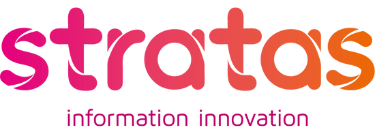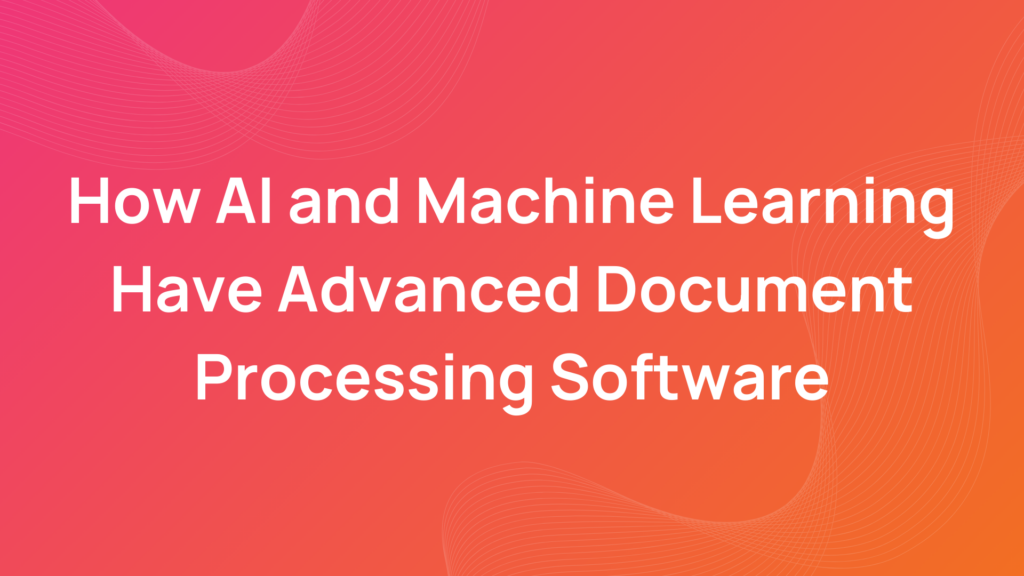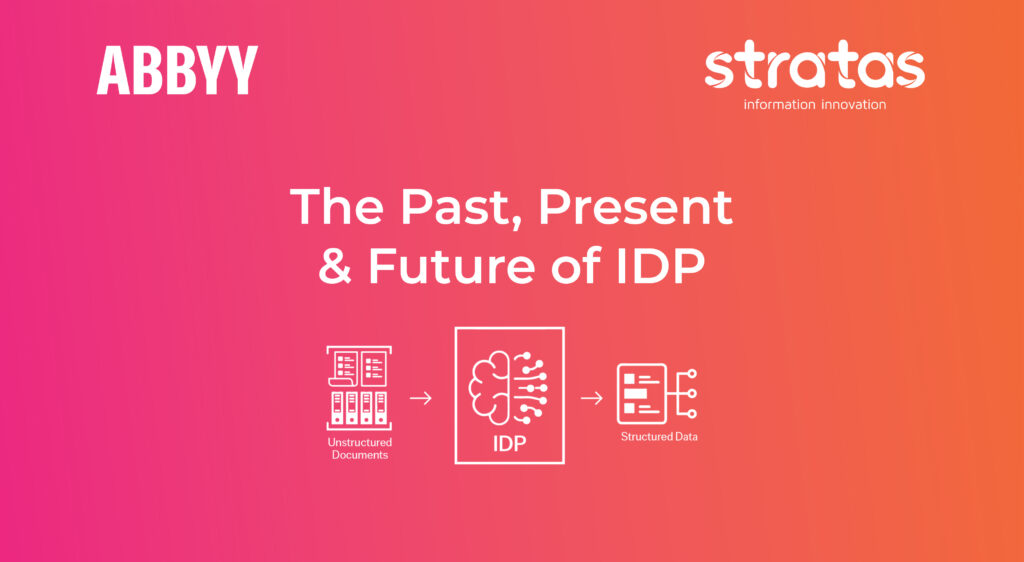How do you automate P2P?
WHAT IS P2P?
P2P, also known as Purchase-to-pay or Procure-to-pay, is the process taken to fulfil a requirement for goods or services. P2P covers the entire process from order through to payment.
WHAT IS P2P AUTOMATION?
P2P automation is the process of improving efficiency by automating manual tasks, speeding the process up and reducing the risk of error.
What are the benefits of automating p2p?
By automating P2P staff can spend less time and resources keying in information and matching invoices against Purchase Orders. Our Purchase to Pay automation solution empowers Accounts Payable staff to generate strategic value by handling invoices only by exception. By automating your P2P process you could achieve powerful functionality.
Faster invoice processing
Invoices that match perfectly to the PO and goods receipt are automatically sent straight through to the ERP for posting. As a result, the accounts payable team only need to focus on exceptions.
Faster approval workflow
The platform enables sophisticated approval processes. So, an approver can see each invoice in the correct order based on multiple set criteria, such as invoice value. Not to mention, each step of the process is digitally captured to provide an audit trail.
Visibility and reporting
By capturing every invoice on receipt, the exact status of every invoice is available on demand. So, everyone that needs to know and has been granted user access has full visibility.
HOW DO YOU AUTOMATE A P2P PROCESS?
1 – E-invoicing
The first step in the AP payment process is receiving and recording supplier invoices. A small mistake due to human error could lead to significant issues further down the line. By automating this stage staff will only need to handle invoices by exception, instead of handling them all.
2 – Streamline the Approval Process
Invoices are sometimes held up within approval workflows, slowing down the process. By automating this stage, you can have full visibility, to see where or why invoices are stuck. This can result in a reduced processing time as well as allow you to track who approved an item and when.
3 – Remove Manual Data Entry
Typically, finance teams will manually key in data. By automating this stage the OCR technology within an AP automation software allows for efficient document digitisation, resulting in an immediate decrease in manually intensive tasks. The cloud-based technology then stores all of the data for easy access and compliance.
4 – Protect yourself from fraud
During just the past few years, the number of breaches, phishing attacks, fraud, ransomware, and overreach has seen a significant increase. To protect your business from fraud, most teams follow the correct approval process and only pay legitimate invoices. Automated systems track every action that takes place on an invoice, from who handled it to what steps have been taken.
5- Matching and verification
Typically, the AP team will three-way match invoices to verify that it is legitimate and ready to be paid. The process compares what was ordered (the purchase order), what was delivered (receipt) and the supplier’s invoice. Through automation, the OCR technology scans invoices and supporting documents such as the PO and receipts. It will then match total amounts, keywords, and categories. Allowing easy identification of any inconsistencies in quantities or prices.
Why not book a free demo to discover how automating P2P could help your business?



